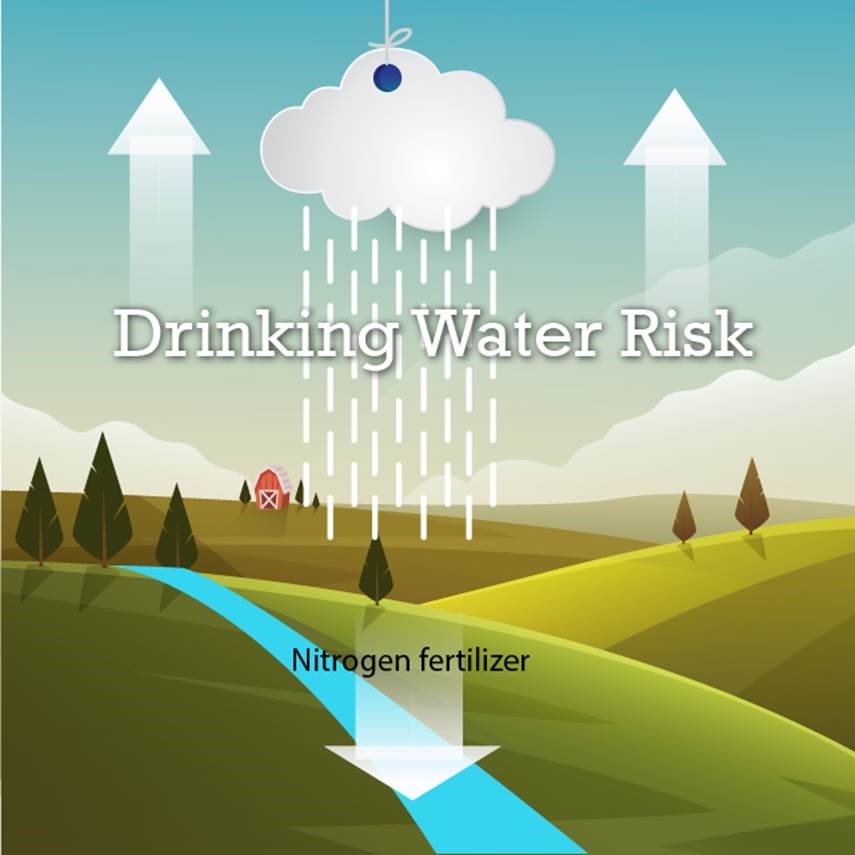Using too much fertilizers to fields leads to drinking water risk
Pay attention to the expansion of cultivation


According to a new study published by researchers of University of Waterloo, nitrogen fertilizer has been polluting water resource for several decades, including rivers and lakes. The study shows that nitrate concentrations in the water resource will last for a long time even though nitrogen fertilizers are no longer being used. Besides, the increase of nitrate level in drinking water causes serious health risks, such as blue baby syndrome and Methemoglobinemia.
- There is a large-scale nitrogen legacy in Mississippi River Basin across USA. The largest drinking water utility of Lowa, Des Moines Water Works, is obliged to invest lots of money for water treatment system improvement because three upstream counties do not deal with harmful surface-water nitrate levels that are over the US federal drinking water standard.
- Over two thousand soil samples through the whole of the Mississippi River Basin reveals that there is an organized accumulation of nitrogen in agricultural soils. In many district, this kind of accumulation was found from 25-100 cm below the soil surface, which is caused by the increased use of fertilizers, the expansion of the soybean cultivation and modification of tillage practice over the past 80 years.
- Even if nitrogen is not being used in fields anymore, the nitrogen legacy could still be draining into water resource in the future several decades. Although nitrogen can help crop yields grow, adding too much nitrogen causes hypoxic condition and affect drinking water quality.
- Even though farmers and the government have similarly worked hard to decrease a large quantity of fertilizer leaking from agricultural fields to groundwater, lakes and streams. Unfortunately, in some country sides, nitrate levels are still higher than the drinking water standard.
- To make an effective management of legacy nitrogen, the researchers are going to establish policy goals. They pointed out that it’s important to measure nitrogen legacies and how long human will be impacted.